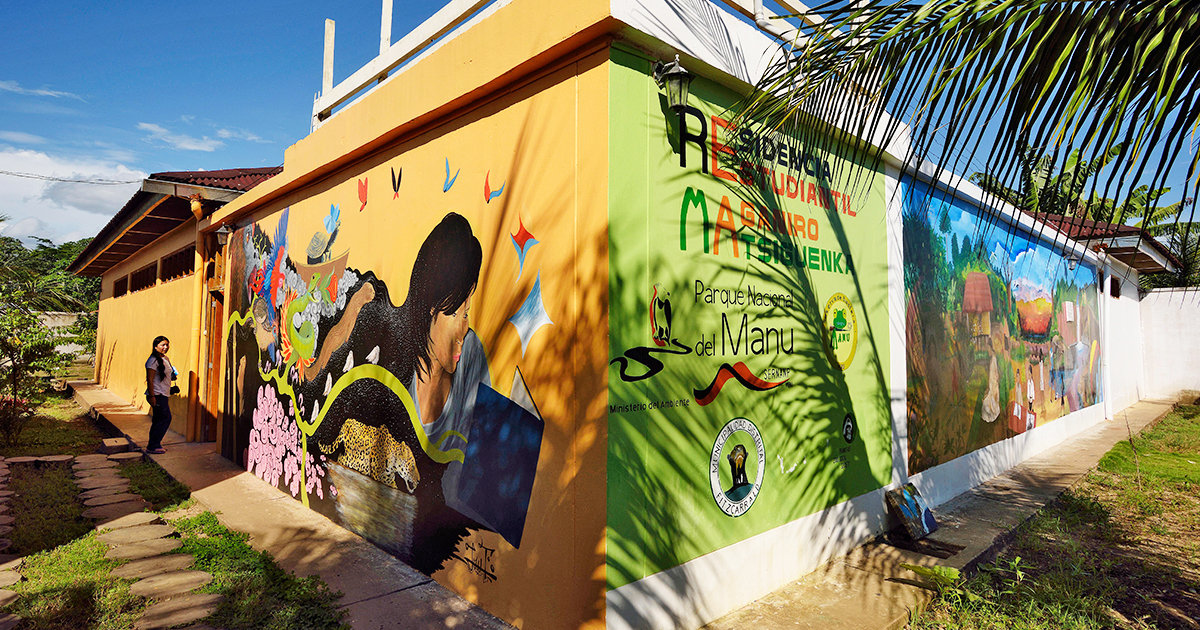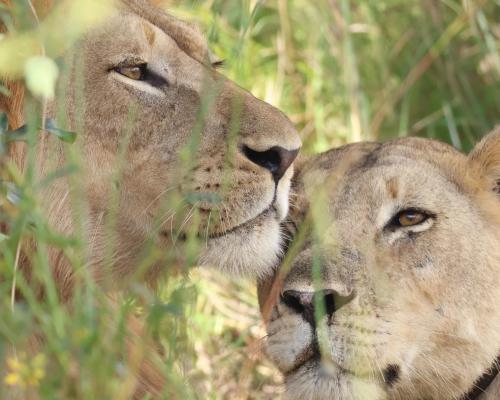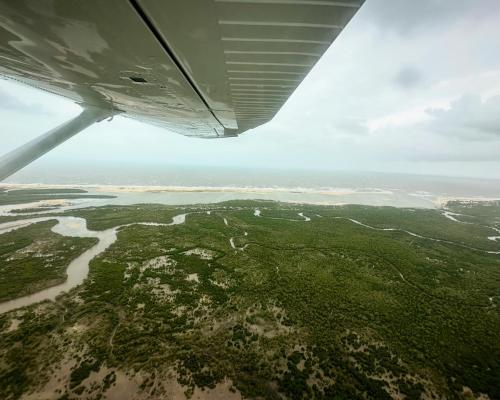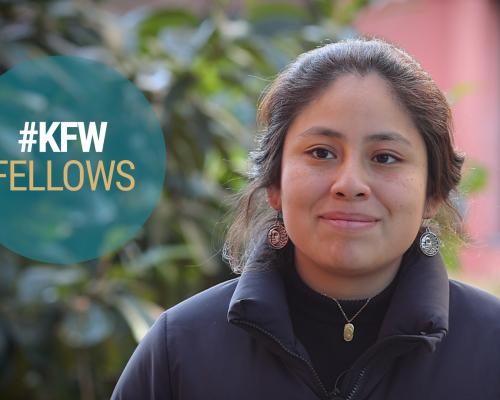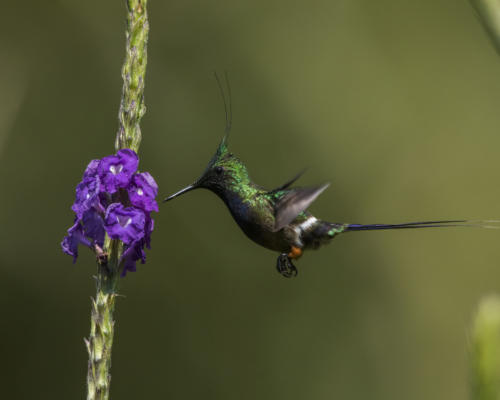FZS facilitates access to university for indigenous students of the Peruvian Amazon.
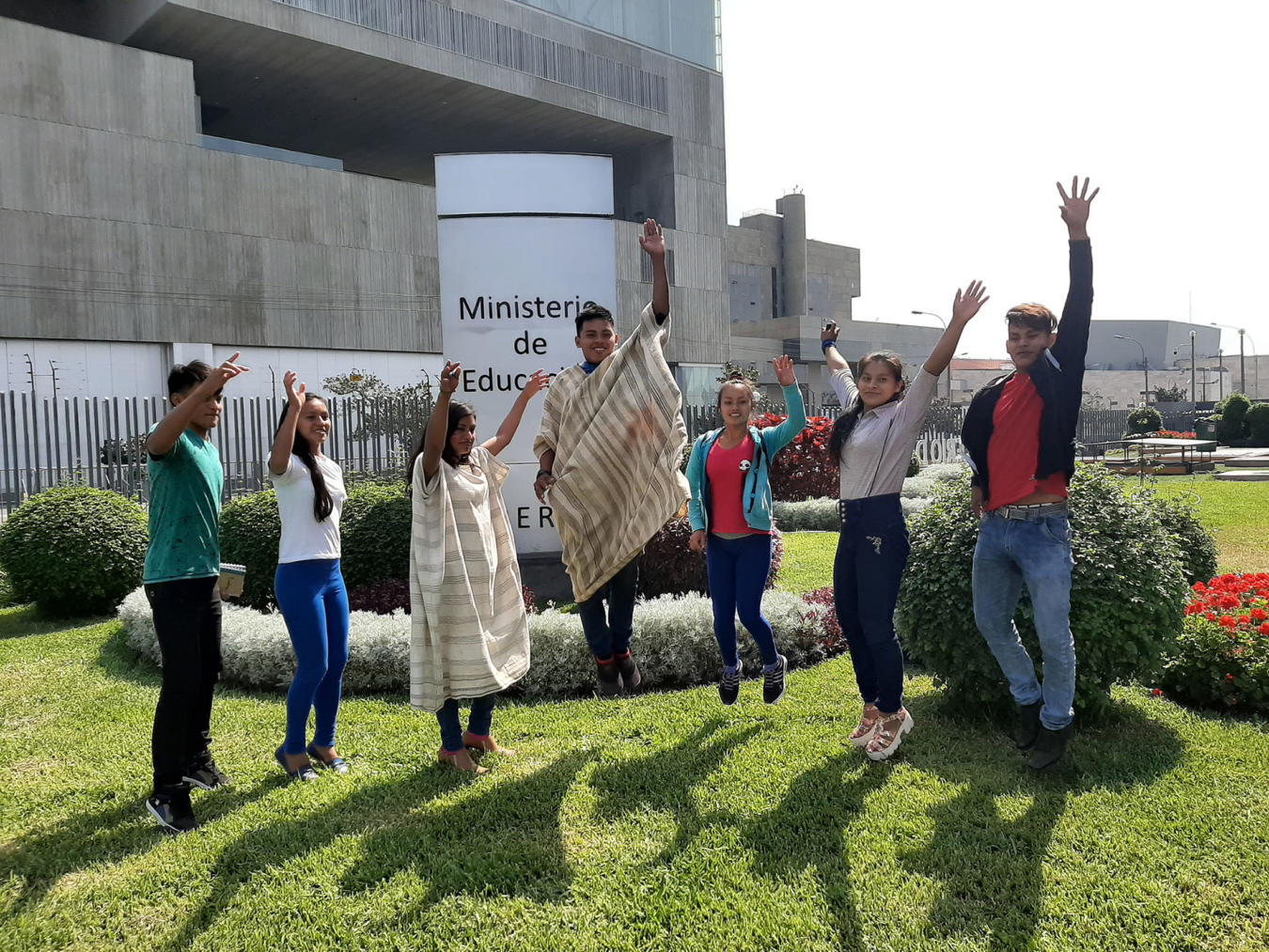
“When I finish school, I want to go to Nopoki University”
FZS has been working in Peru for over ten years to support education services for indigenous communities in the region of Madre de Dios, southeastern Peru. With a strong focus on environmental education, the program also provides support for indigenous students who want to access higher education.
Advancing from secondary to higher education had been nearly impossible for indigenous students, due to cultural and linguistic particularities. A strong partnership between FZS Peru and the Nopoki Campus now provides all the support that is required.
Enrique Herrera Sarmiento has worked on a range of projects for FZS Peru for over seven years, from assessing overfishing in Bahuaja Sonene National Park to developing a five-year plan for the protection of Manu National Park.
After studying for his doctorate in Sociology at the Sorbonne Nouvelle University in France, Enrique worked in Bolivia as a specialist in the implementation of public policies on environmental governance and indigenous rights in the Bolivian Amazon. Currently, Enrique is Coordinator of the Education Programme for FZS Peru. He believes that access to formal education is one of the most fundamental human rights.
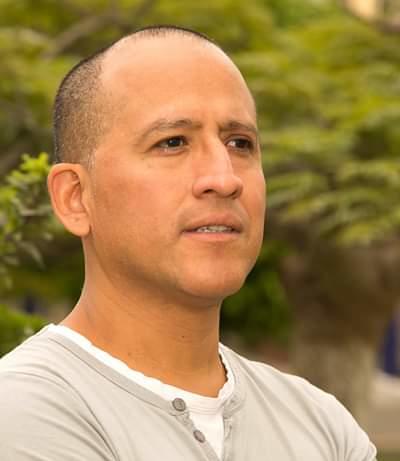
“I am convinced that education is an effective tool to exercise full citizenship and therefore fundamental to building a democratic and tolerant society.”
“To be able to enshrine this right among the most unprotected human beings in Peru, the indigenous people of the Amazon is what inspires my passion for education.”
We asked Enrique to explain the impact that Maganiro Matsiguenka and Nopoki University have had on the indigenous students of Madre de Dios.
From my previous working experiences in the Bolivian Amazon, I knew that young indigenous people cannot attend any university. Academic failure and subsequent desertion are very frequent behaviors because young Amazonians do not integrate easily into standard university models. This happens beyond the fact that they have sufficient financial support.
It is essential to provide them with permanent emotional support and there must also be a lot of tolerance and openness within the academic programs towards their cultural and linguistic particularities.
When I first got to know Manu National Park in 2014, I never heard of any young Matsiguenka who were interested in getting a university education. However, when I visited the Maganiro Matsiguenka Student Residence (REMM) in 2017, I was struck by the fact that Lisbeth Mambiro, a student at REMM, told me that she wanted to study “social anthropology” at university once she had finished her secondary education.
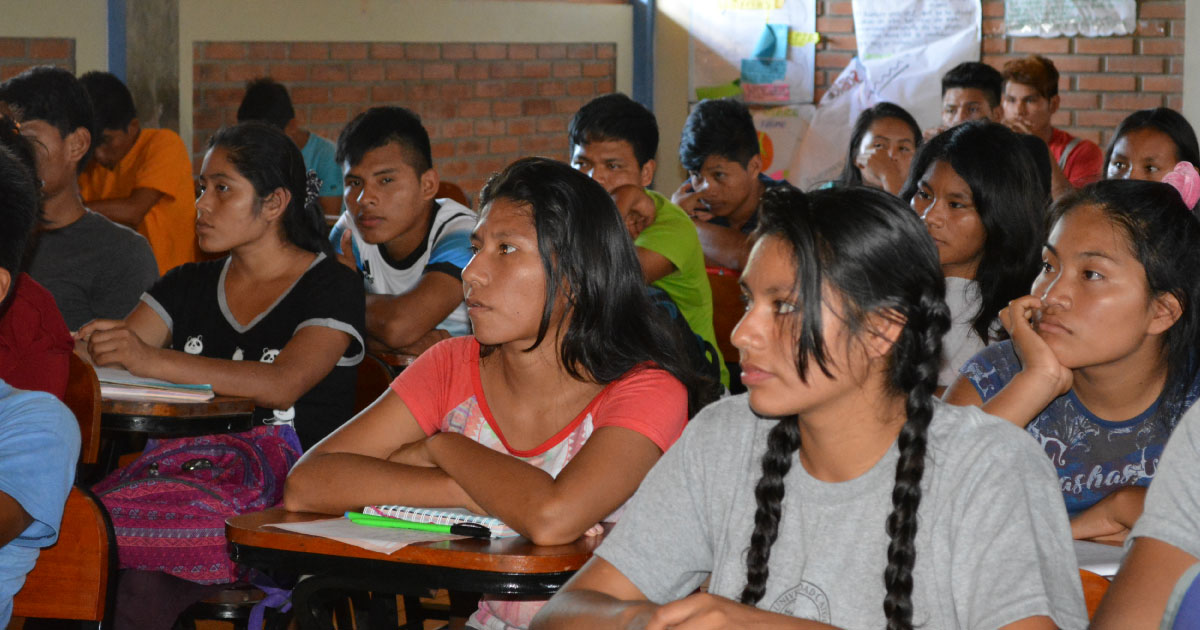
The determination with which she expressed this desire made me think that the education of these young people at REMM is not limited to school education. After talking to other young people, I discovered that several had the same desires as Lisbeth.
When I took over the FZS education program in 2018, I went out to investigate the possibilities that existed for young indigenous Amazonian people within the Peruvian education system to gain access to university education.
Fortunately, we could find a partner with the Católica Sedes Sapientiae University (CSSU) – Nopoki Campus which is located in the central Amazon region of Peru, and began a process of negotiation to facilitate access to the young people of Manu who were eager to pursue university studies. Lisbeth Mambiro is now in her second year of university.
The uniqueness of the Nopoki Branch of the CSSU, which was established eight years ago, is that it welcomes mainly students from various indigenous Amazonian communities. About 300 students (60% with scholarships) from 18 different ethnic groups are trained under curricular programs where intercultural openness is fundamental.
This approach is particularly important in the field of education, where a large part of university education is conducted in the students’ native languages. Without a doubt, this model is unique in Peru and can therefore be considered a decisive reference for indigenous university education, which has begun to spread to other regions of the country, although with many limitations.
The university was officially recognized/licensed by the Peruvian State through the National Superintendence of Higher University Education (SUNEDU) in 2018. In the interior of Peru, the university has 5 branches in different urban areas. Nopoki is located in the Amazonian town of Atalaya (Department of Ucayali) and the name “Nopoki” comes from the Ashaninka indigenous language that means, “I have come” or “I am here”.
Undoubtedly, after four young women passed the entrance exam in early 2018 and returned to their home communities in Manu after a year (a trip facilitated by FZS), there was a great impact. The youth of Manu and the population, in general, received them with admiration. From that moment on, the youth of Manu understood that access to university was feasible and several of them began to express that they wanted to go to university as well.
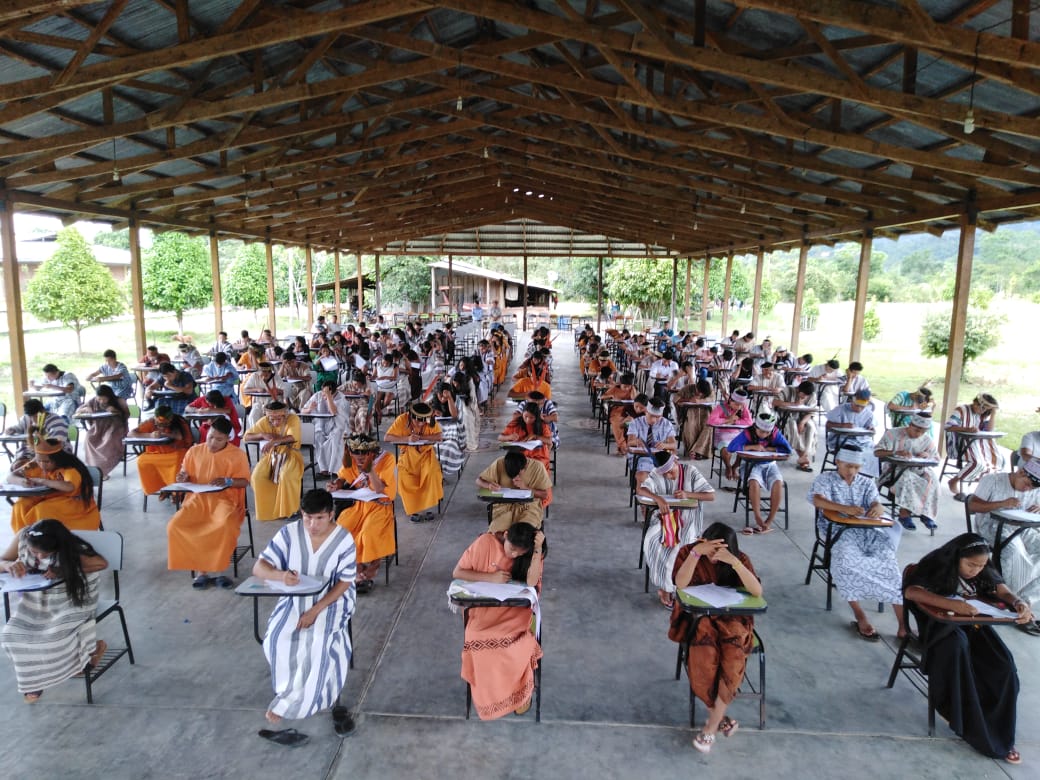
In 2019, four more applied but only two were admitted. In 2020, 12 young people are applying. Currently, there is a lot of excitement about university studies among the younger generation. Now, many teenagers say, “when I finish school, I want to go to Nopoki University”.
The interesting thing about opening up the possibility of university education is that most of them have chosen to study the speciality of teaching. At least 80% of them study the degree of Intercultural Bilingual Education. Once they finish their training, they intend to enter the teaching career.
Nevertheless, it is known from similar experiences in other countries of the region and in other parts of Peru that many indigenous professionals return only temporarily to their communities (usually no more than 2 or 3 years), and in some cases do not return at all. But it has also been noted that they still tend to influence the development of their communities and are great allies and intermediaries in the implementation of policies aimed at the welfare of their communities of origin.
Are indigenous communities worried about the impact students leaving their communities will have on preserving their culture?
Access to university education has been an expectation of some Matsiguenka people, but has never been made explicit and therefore stayed unnoticed. This expectation had only become evident in the last two years when the population’s participation in university-educated was promoted and indigenous people expressed a desire to direct their own community’s development.
However, when access to university education had become a feasible possibility to achieve, the interest of young people and their parents increased as they have come to see it as an alternative for personal development.

What has been showing is that there is an undeniable interest from indigenous communities in being part of contemporary education. They believe that formal education provides a fundamental tool in allowing for a more inclusive educational society.
In this sense, the indigenous communities, apart from being concerned and mistrusting about this opening to the outside world, see in education a possibility of training their own professionals so that in the future it will allow them to establish negotiations of equal value with the national society. Precisely along with these words, a few weeks ago the president of the Matsiguenka Cacaotal Community stated that “in a few years we will have our own professionals and will depend less on outsiders to formulate our development programs.”
So far, there has been no evidence of any opposition to young people getting a university education. Rather, young university students who have returned to their communities during the vacation periods have been received by their relatives with much admiration and respect and have been taken as examples to be followed by school students.
The Matsiguenka people are one of the most important Amazon populations in the south of Peru, and inhabit the river basin regions of the Urubamba, Manu, and Alto Madre de Dios rivers in the southeastern regions of Cusco and Madre de Dios.
In Madre de Dios, the Matsiguenkas have organized into seven communities located in the area of influence of the Manu National Park. Four of the seven communities (Maizal, Tayakome, Cacaotal, and Yomibato) are located within the protected area.
